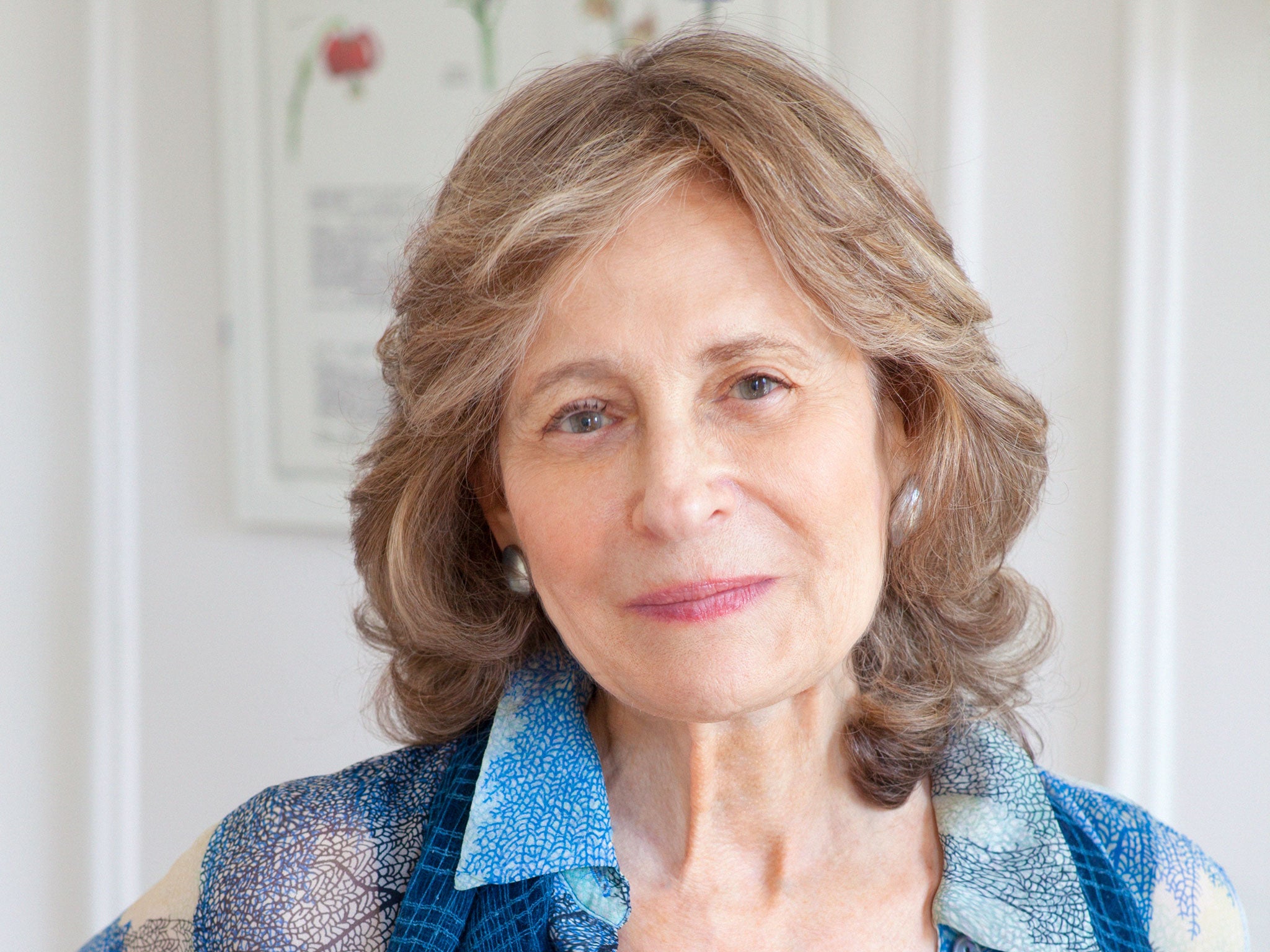Scary Old Sex by Arlene Heyman, book review: Overturning conventional notions around ageing
A collection of bittersweet tales of OAP sexuality, told with warmth and honesty

Your support helps us to tell the story
From reproductive rights to climate change to Big Tech, The Independent is on the ground when the story is developing. Whether it's investigating the financials of Elon Musk's pro-Trump PAC or producing our latest documentary, 'The A Word', which shines a light on the American women fighting for reproductive rights, we know how important it is to parse out the facts from the messaging.
At such a critical moment in US history, we need reporters on the ground. Your donation allows us to keep sending journalists to speak to both sides of the story.
The Independent is trusted by Americans across the entire political spectrum. And unlike many other quality news outlets, we choose not to lock Americans out of our reporting and analysis with paywalls. We believe quality journalism should be available to everyone, paid for by those who can afford it.
Your support makes all the difference.The punning title of this debut collection of tales nicely sums up its themes: sex can be scary, when it involves emotional intimacy, and the thought of older people having sex often scares younger ones. American writer Arlene Heyman turns such worries to wryly comic effect.
Her characters have no time to waste on sentimentality. Passion necessarily gives way to planning. Marianne, the clear-eyed narrator of the bittersweet opening story, "The Loves of her Life", wryly recognises that "now that she was sixty-five and Stu seventy, spontaneity was difficult. She had acid reflux, and so had to stay upright for two or three hours after a meal or else suffer burning pains in her chest. And she had to insert Vagifem, low-level estrogen tablets, in her vagina twice a week so her tissues didn't dry out. He used Viagra half an hour before sex, and…he also took a dose of clomipramine, an antidepressant that had as a side-effect retarded ejaculation."
Undeterred by these unromantic practicalities, this married couple proceed to their bedroom. Marianne, who is tall, slender and attractive; a part-time model, studies her naked husband, who has "every wrinkle exposed, as if her were in a Lucian Freud painting. He had loose flesh on his chest, small sagging breasts beneath his nipples, and little pink outgrowths here and there." She judges herself with equal severity: "her breasts and waist were not bad, maybe better than that, if you ignored the yearning her breasts seemed to have developed for her waist... And her ass and thighs were bony, the flesh hanging a little."
As they give each other pleasure in a businesslike way, Marianne clothes the encounter in fantasy and memory, so that the half hour of lovemaking paradoxically contains a lifetime's thoughts and feelings. Both partners duly come, but the narrative's climax, delayed like the kindly husband's orgasm, delivers a shock of taboo desire that is lusciously sensual.
All the stories overturn conventional notions around ageing. The son narrating "Night Call" certainly finds his father's sex life upsetting, but that's less because his father is old than because he is conducting a secret affair that ends in a mixture of farce and tragedy.
In Heyman's deft account of obsession and adultery, "In Love With Murray", nineteen-year-old Leda fancies middle-aged Murray precisely because he is so much older, a mythic swanner-about in studios and galleries.
In "Dancing", Ann and Matt – facing Matt's imminent death from leukemia – are able to remember fondly the sex games they enjoyed only recently.
Heyman, the blurb informs us, works as a psychiatrist and psychoanalyst. Once you know this, it is tempting to see her profession's influence on her narrative method; her narrative position. She sets up a certain meditative, often ironic distance between observer and observed, informing us of people's thoughts and feelings as often as she evokes them.
She does not judge her characters even as they quarrel and insult each other. Her cool, clipped, spare writing is objective, dispassionate: "The sun is shining. She is glad to be outside. In natural light and heat."
Some of these stories suggest the case study. Each one tracks a particular individual caught up not just in the dilemmas of ageing but those caused by change, divorce, guilt, taboo desire, all the components of what Freud called the family romance.
Freud's case histories, it has often been pointed out, read like short stories. Now that some therapists, respecting their patients' right to confidentiality, consider it unethical to publish case histories, no wonder the would-be writers amongst them turn to fiction.
Heyman's cautionary tales are wonderfully anti-prudish.
Bloomsbury, £16.99. Order at £14.99 inc. p&p from the Independent Bookshop
Join our commenting forum
Join thought-provoking conversations, follow other Independent readers and see their replies
Comments